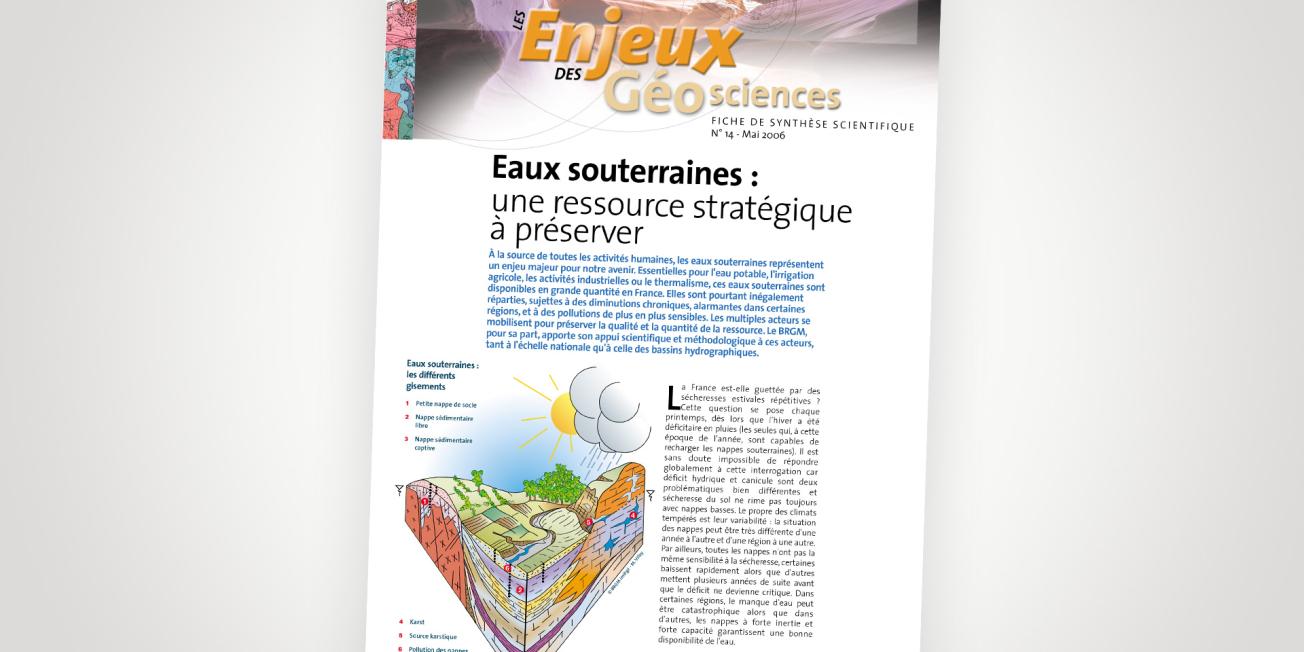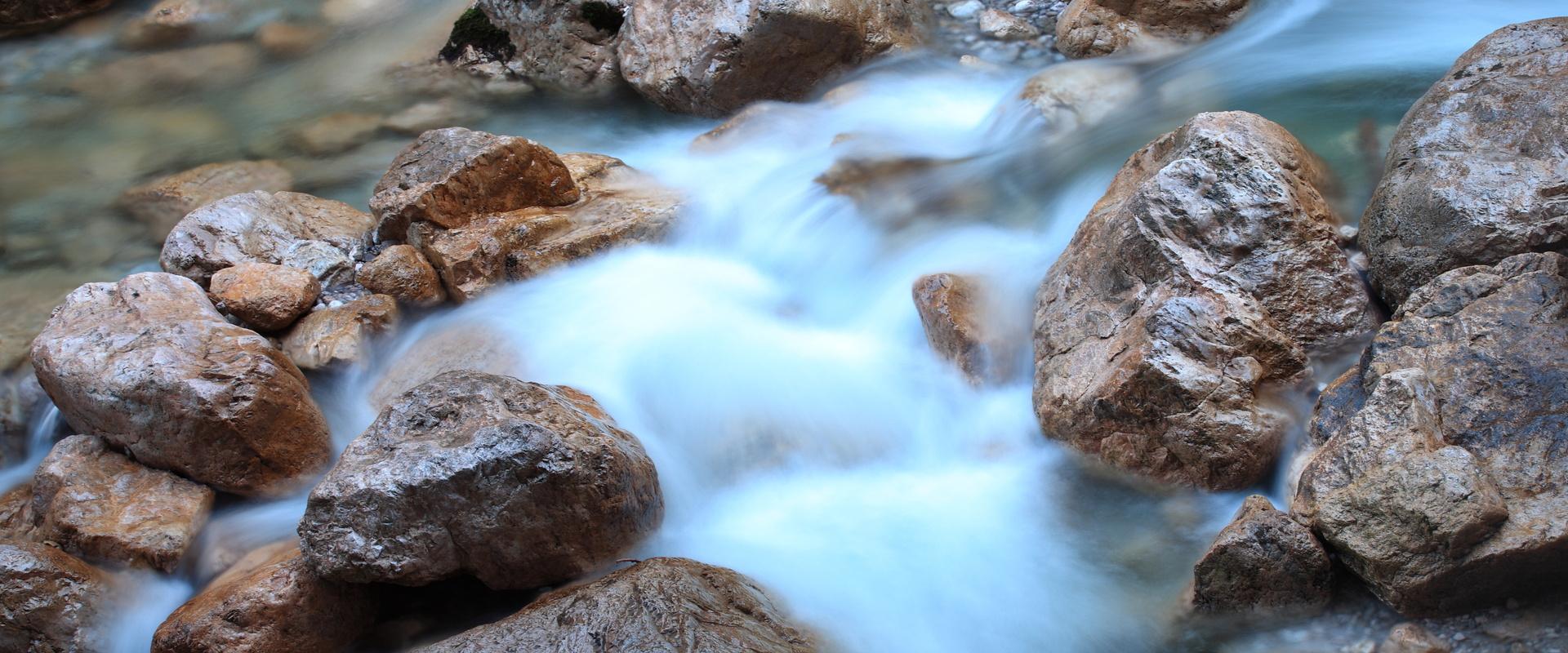
Cover of the thematic file.
© BRGM
Is France vulnerable to repeated summer droughts? This question arises every spring, whenever there has been insufficient rainfall during the winter (the only precipitation which, at this time of the year, is able to recharge the groundwater). It is probably impossible to give an overall answer to this question because water deficits and heat waves are two very different problems and dry ground does not always mean that water tables are low.
Temperate climates are characterized by their variability: the groundwater situation can vary greatly from one year to another and from one region to another. Moreover, not all aquifers are equally sensitive to drought, some drop rapidly while for others, it may take several years of drought in a row before the deficit becomes critical. In some regions, water shortages can be catastrophic, while in others, water tables with high inertia and high capacity ensure a plentiful supply of water.
France, a country well endowed with groundwater
Overall, France is rich in groundwater with 6,500 aquifers of which 200 are on a regional scale: alluvial aquifers close to water courses, sedimentary aquifers in the large basins (Parisian, Aquitaine, Alsatian, Rhone basins, etc.) or even small shallow aquifers contained in crystalline rocks. The available resource is estimated at 2,000 billion m3, with a renewal rate of 100 billion m3/year, while net use is only 8 billion per year, i.e. 0.4% of the stock. Irrigation of crops, which is often criticized, takes up 30 to 40 billion m3/year, but most of it returns to the water table at the end of the cycle.
Unlike other countries, France does not lack water. Although water tables only represent 22% of the world's drinking water resources, in France they account for much more than lakes and glaciers. Rivers are not measured in terms of stock but rather of flow, and moreover 60% of their water comes from groundwater and would thus be counted twice.
Almost two thirds of the drinking water consumed in France comes from aquifers. However, this resource is relatively unevenly distributed: while it is scarce and superficial in the granite bedrock of Brittany, the Massif Central and in the aquifer units of the Alps and the Pyrenees, it is very abundant in the sedimentary basins where it is easily accessible through shallow boreholes, often at a depth of less than 100 metres.
These aquifers are not underground rivers or lakes, but rather superimposed layers of ground made up of porous rocks that are waterlogged by water seeping in from the ground surface. There is regular flow into the groundwater with permanent renewal that can vary from a few weeks in karsts and smaller aquifers to thousands of years for deep captive aquifers.







